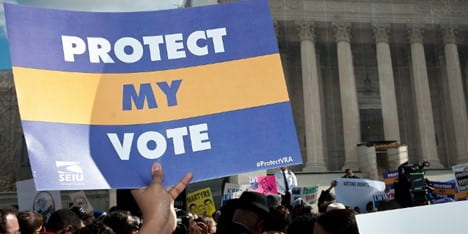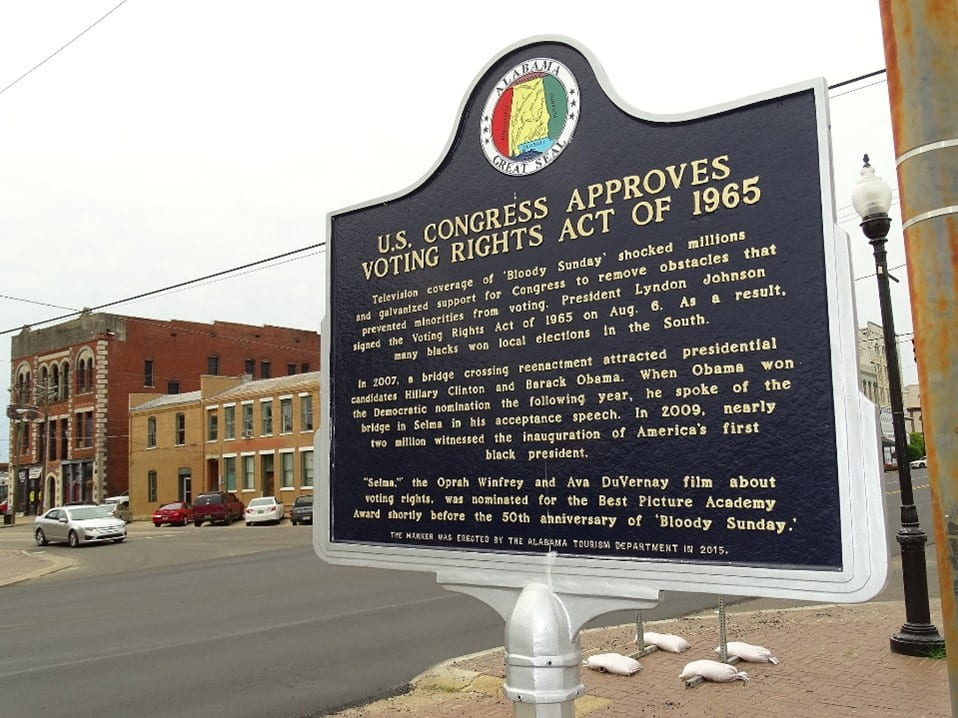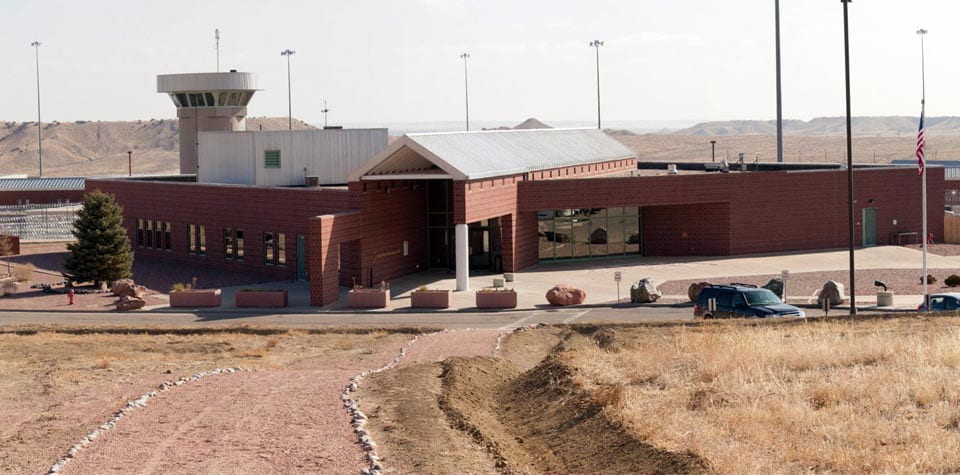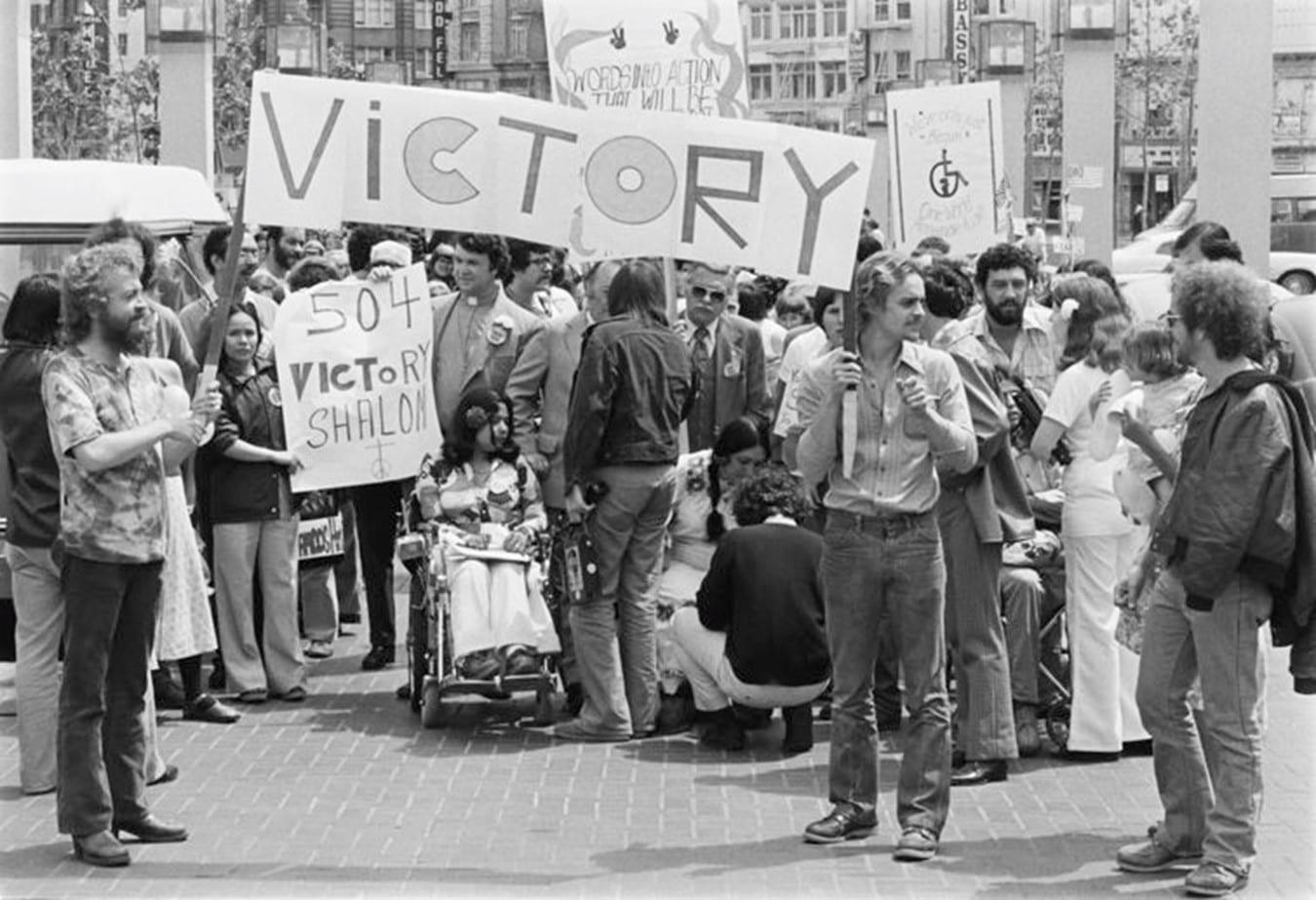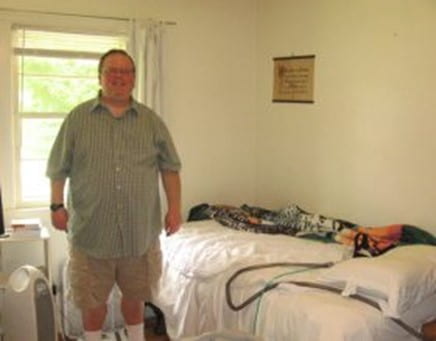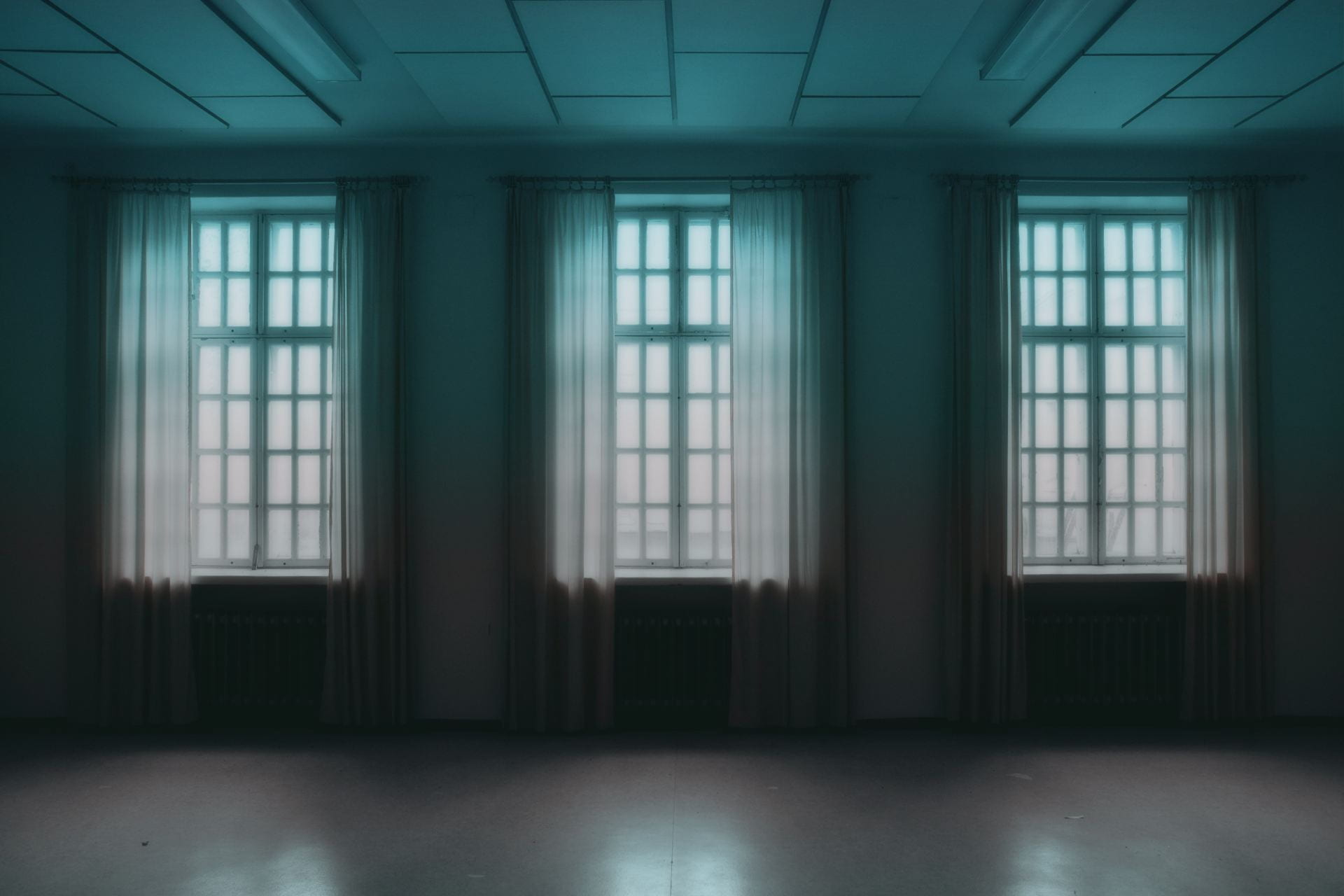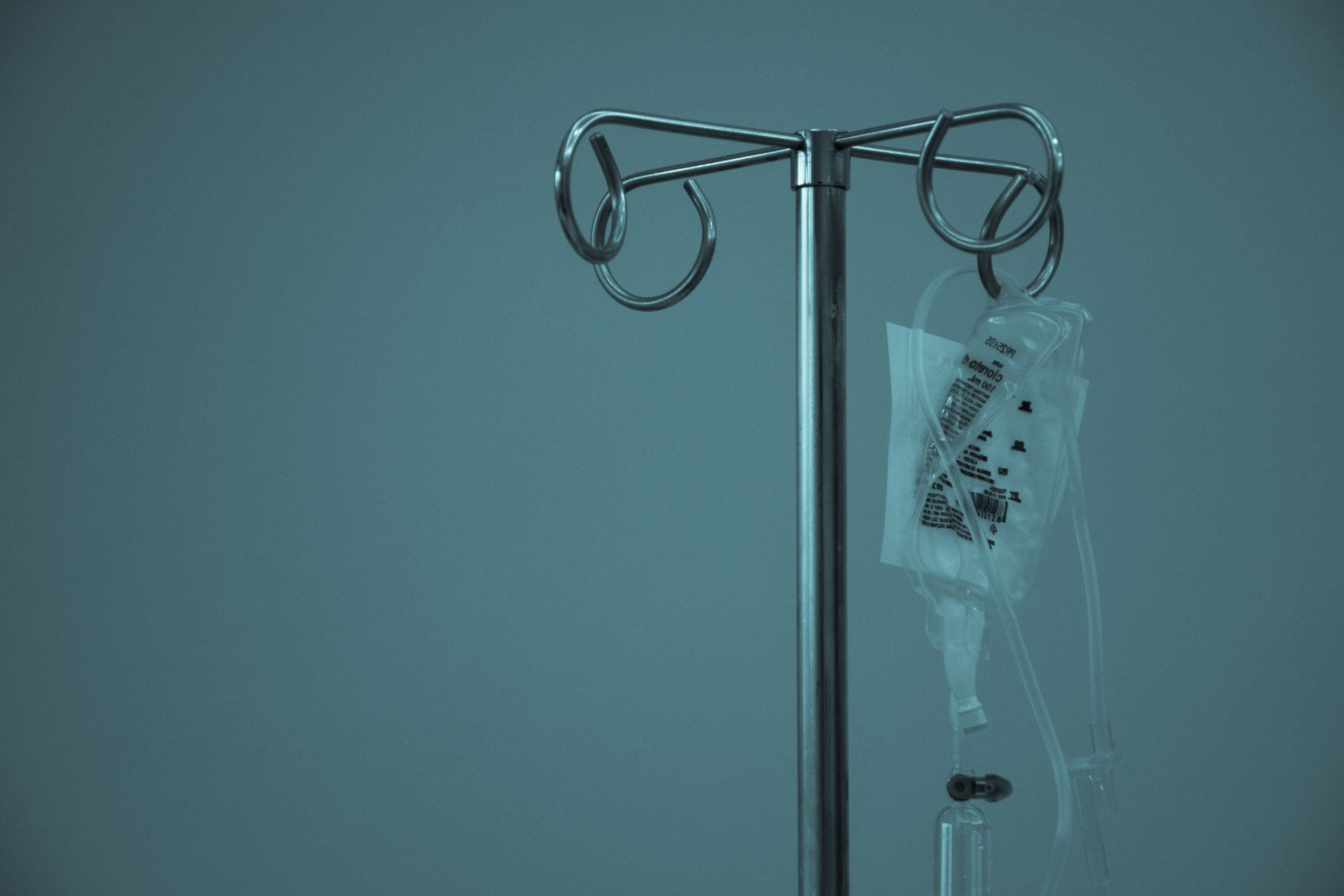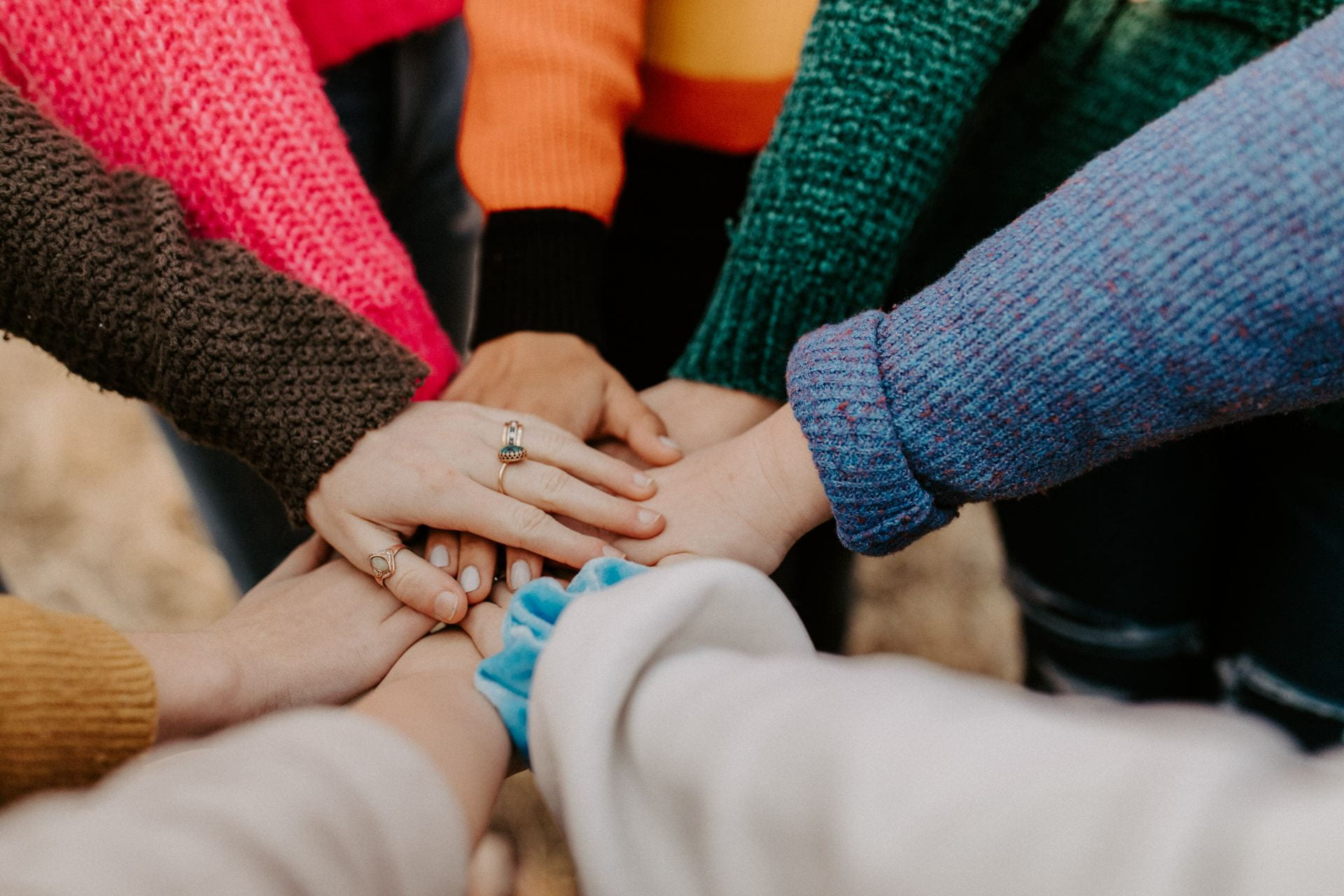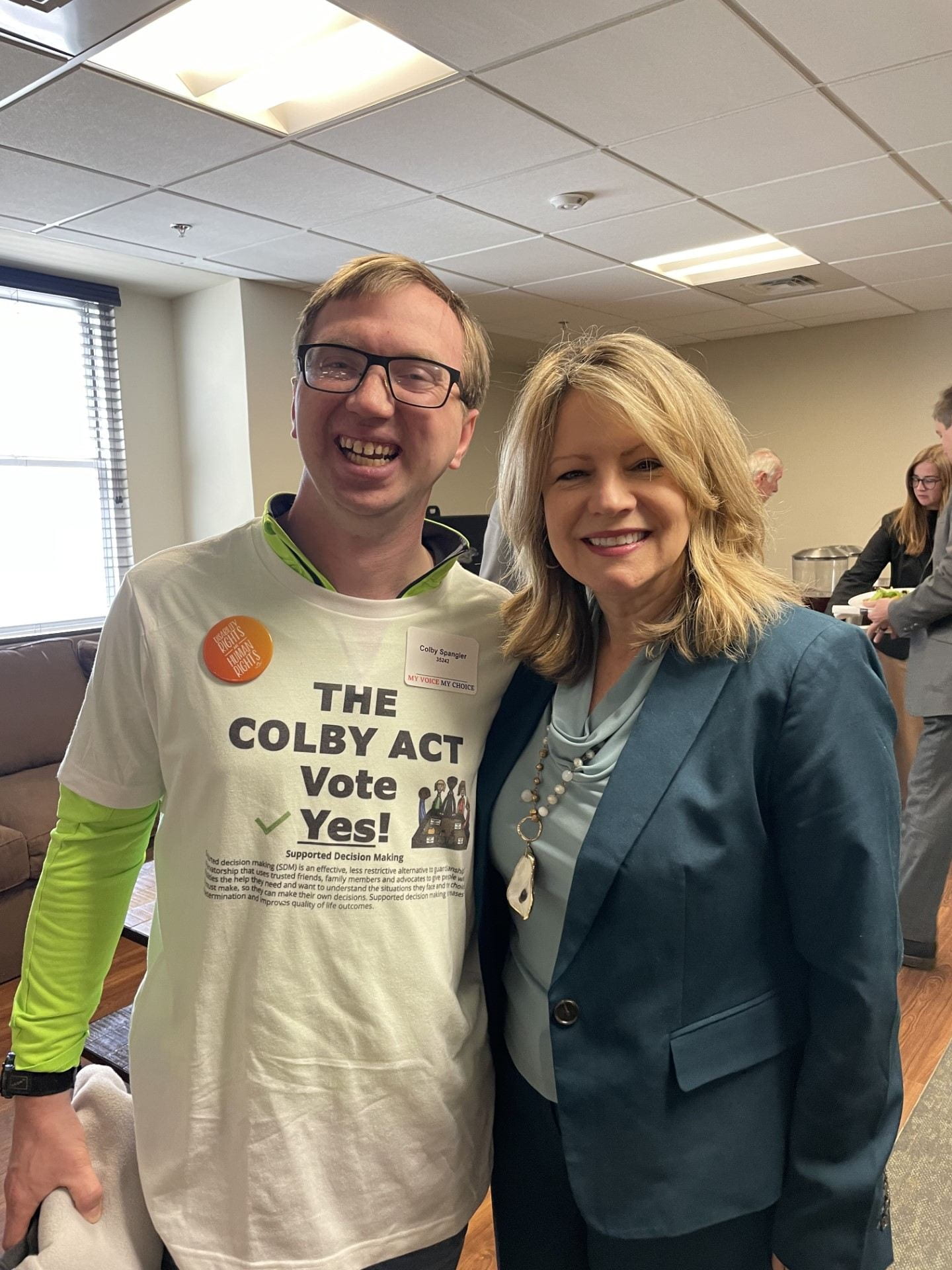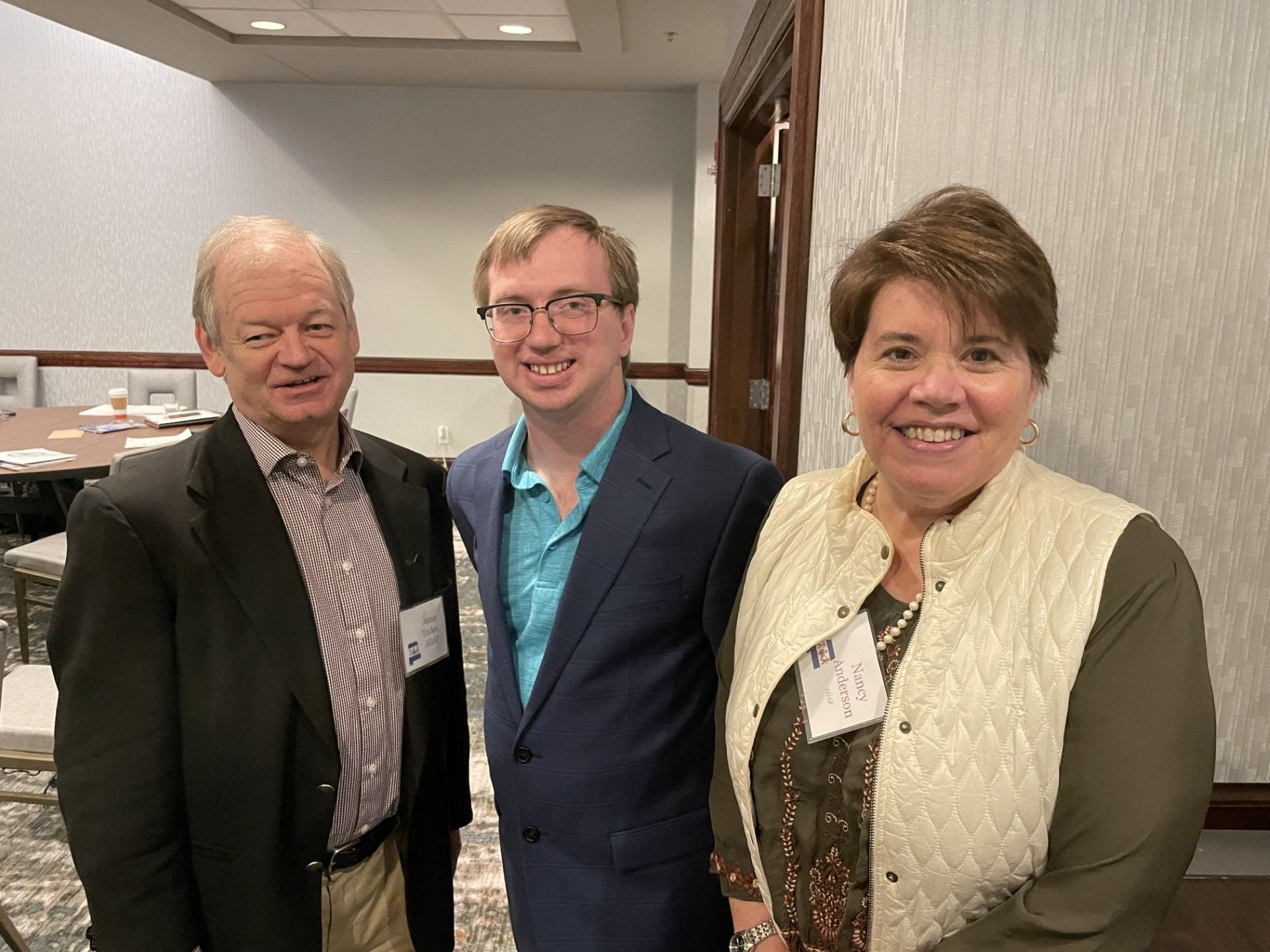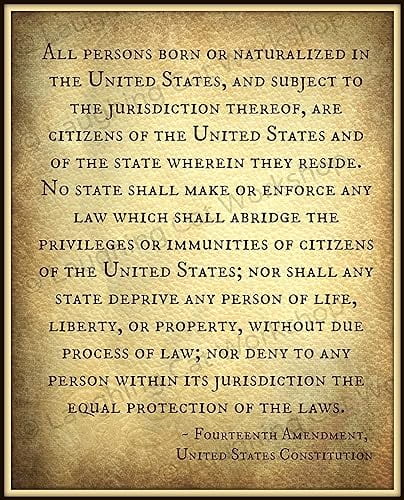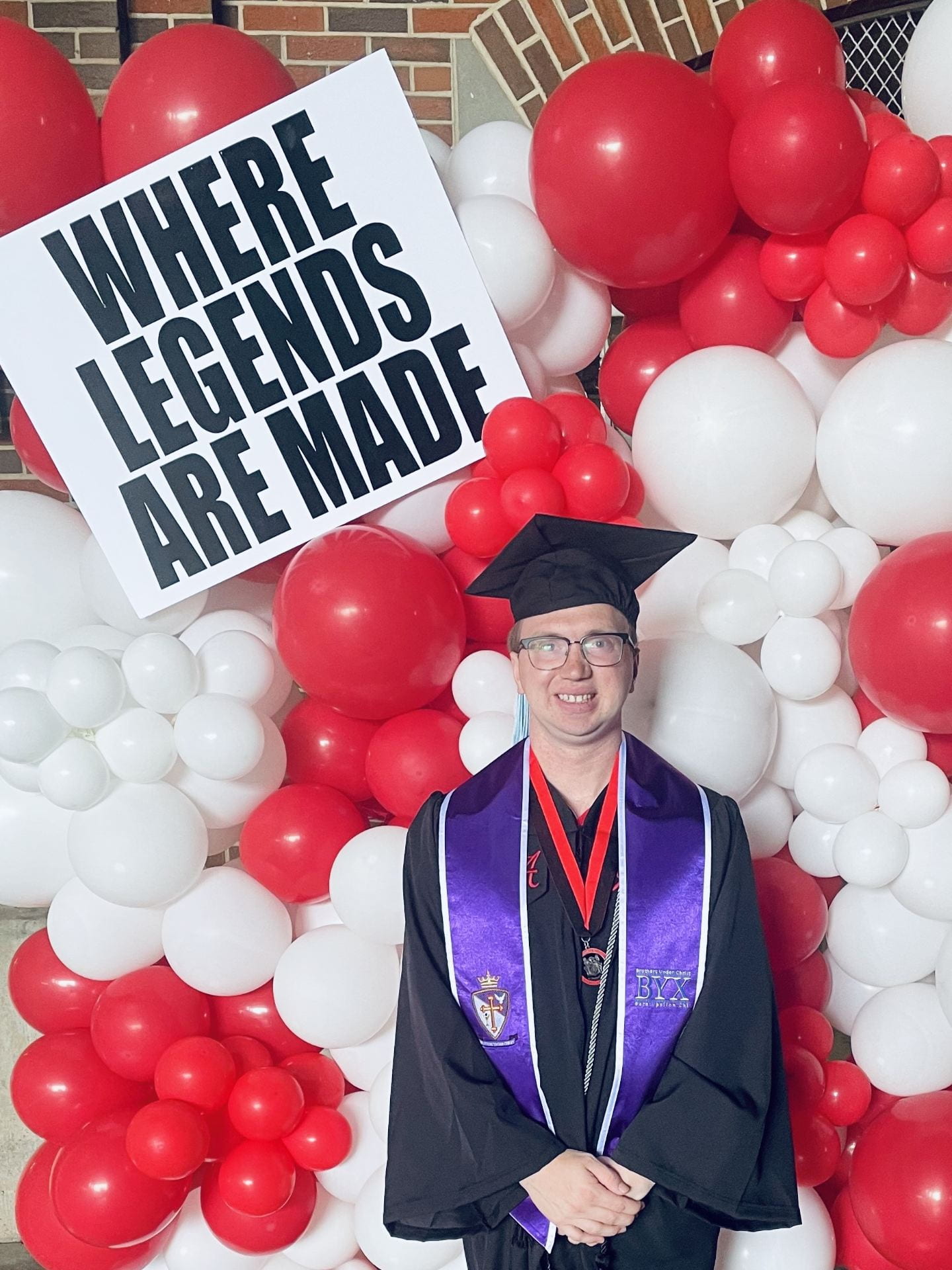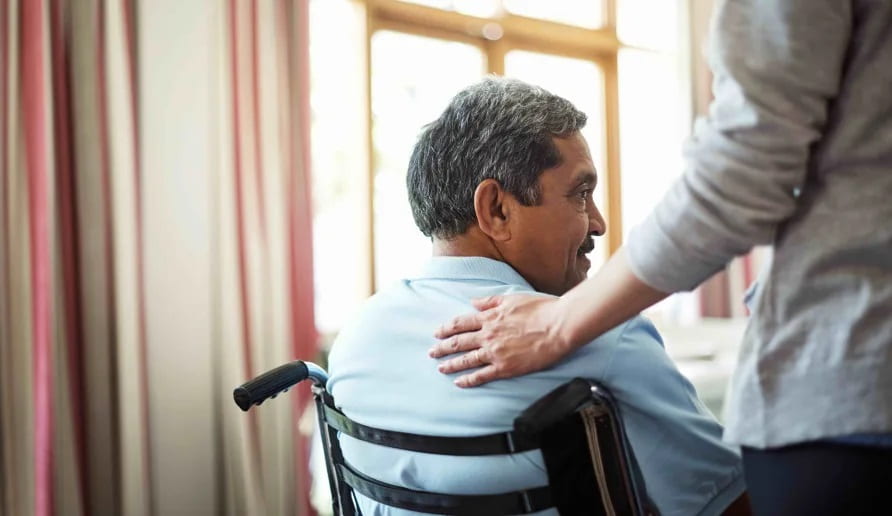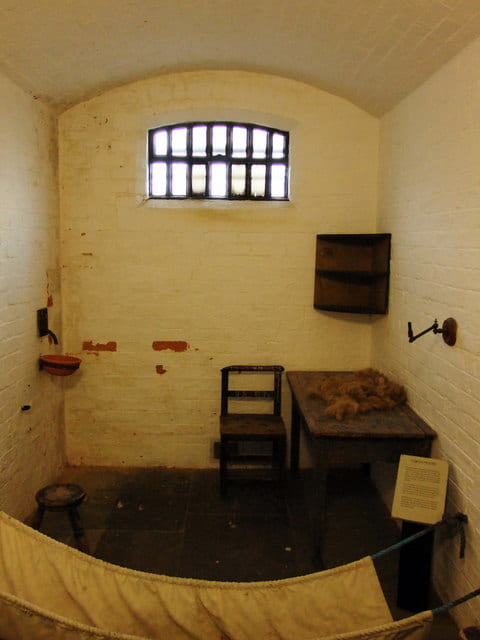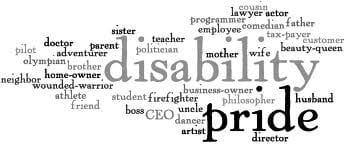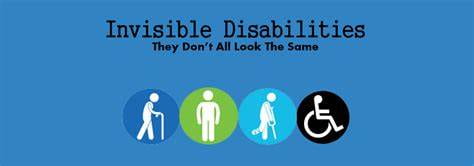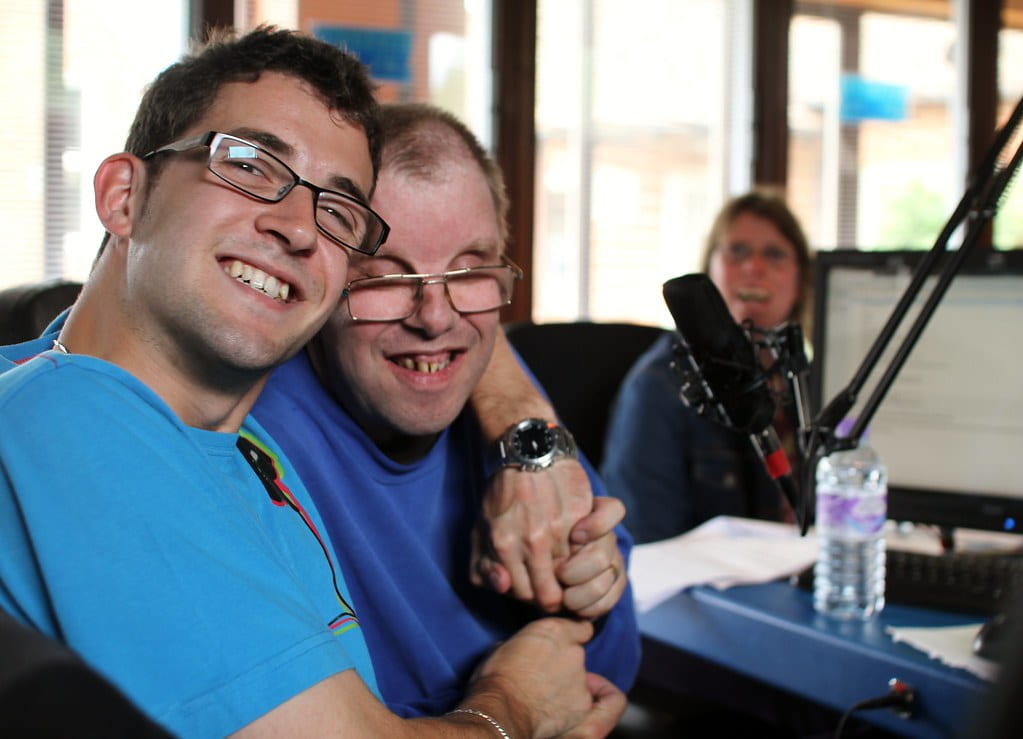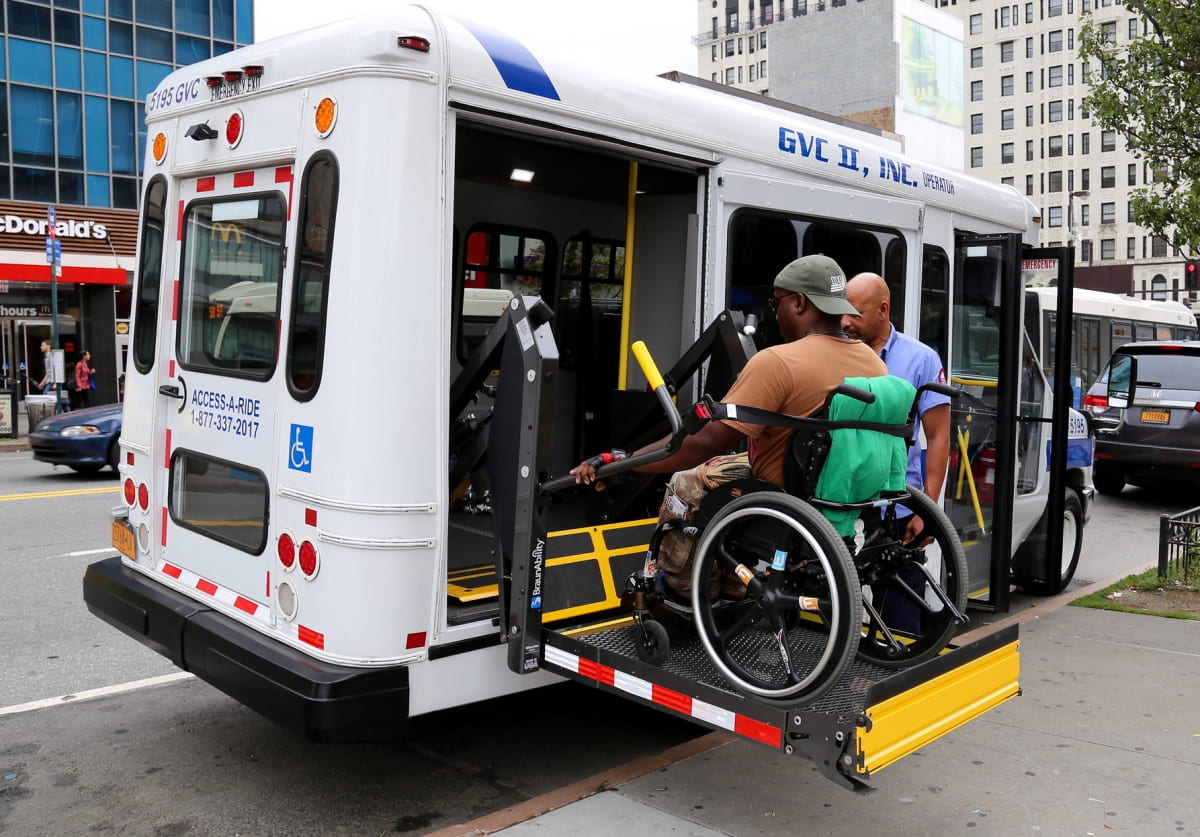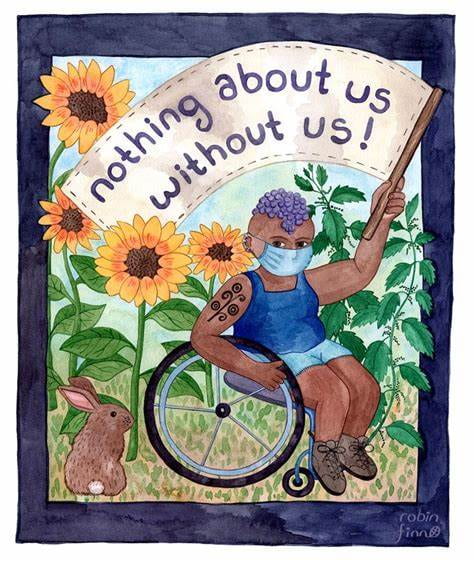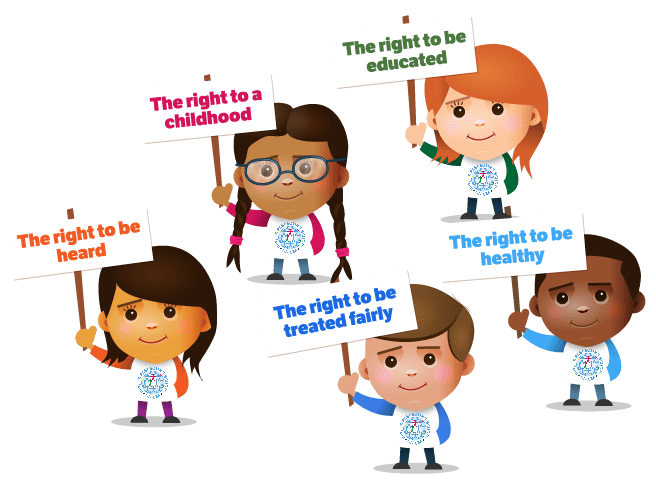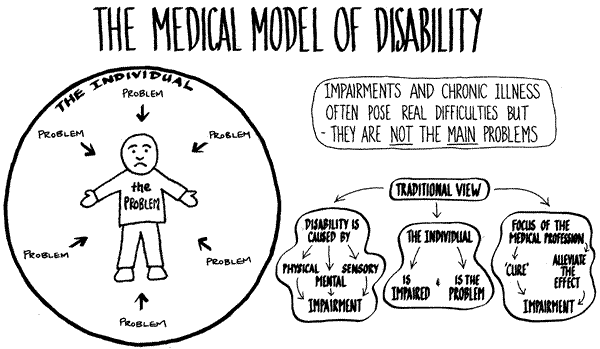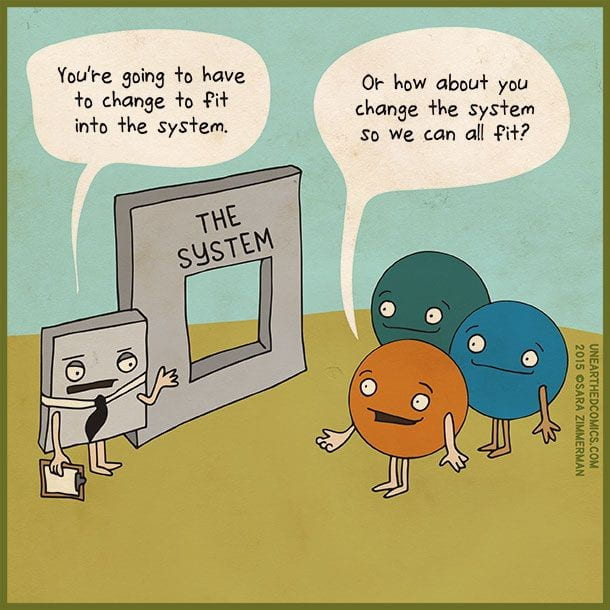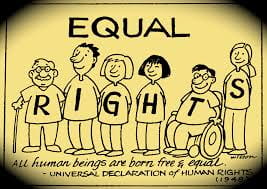
Overview of the Issue
In Brazil, thousands of children and adults with disabilities are confined to institutions for people with disabilities, facing widespread neglect, abuse, and isolation. Designed ostensibly to provide care, many of these institutions have instead devolved into detention centers where individuals are deprived of their autonomy and dignity. Reports from Human Rights Watch reveal the harrowing conditions experienced by people with disabilities in these facilities, underscoring the urgent need for systemic reform to safeguard their basic rights.
One relevant case is that of Leonardo, a 25-year-old man with muscular dystrophy who has lived in a residential institution since he was 15. His mother, unable to care for him due to a lack of adequate support, was left with little to no choice. Like many others, Leonardo shares cramped quarters with multiple residents, with minimal privacy or control over his daily life. There are very few meaningful activities available for him to partake in, and he has seemingly no apparent opportunity to participate in society as an autonomous individual, mirroring the experiences of countless other residents across Brazil’s institutions.
Causes of Institutionalization of the Care for People with Disabilities
The institutionalization of the care for individuals with disabilities in Brazil is shown through several interrelated systemic issues. First, the lack of adequate support for families plays a significant role. The government offers limited resources, and financial assistance programs, such as the Benefício de Prestação Continuada (BPC), often fail to fully meet the comprehensive needs of individuals with disabilities, which include therapy, assistive devices, and accessible housing. Without meaningful support systems, families may feel they have no alternative but to rely on institutional care.
Brazil’s legal and systemic framework also plays a crucial role. Guardianship laws that remove legal capacity from individuals with disabilities mean that many residents in institutions cannot consent to their placement. This lack of autonomy, combined with the stigma of ableism, creates an environment where people with disabilities are treated as passive recipients of care rather than individuals who should have rights and preferences. Public perception remains rooted in ableist attitudes, which continue to limit access to inclusive services and resources.
The COVID-19 pandemic exacerbated these disparities, intensifying existing challenges for people with disabilities in Brazil’s institutional care settings. This revealed vulnerabilities in both healthcare access and living conditions. Individuals with disabilities were disproportionately affected by the virus due to several factors, including pre-existing health conditions, limited access to adequate healthcare, and cramped, unsanitary living environments within institutions. These conditions not only increased infection rates but also made it difficult to implement preventive measures, such as social distancing and proper sanitation.

Problems Within Institutions for People with Disabilities
The institutional care setting for People with Disabilities in Brazil fails to meet even the most basic standards of dignity and human rights. Living conditions in many of these institutions are deplorable. Reports from Human Rights Watch describe facilities that resemble prisons more than care centers. Physical restraints, such as tying residents to beds or sedating them, are surprisingly common. Such practices not only prevent individuals from engaging in any form of meaningful activity, but also contribute to a host of physical and psychological traumas.
Isolation is another significant, impactful issue. Many residents are confined to their beds or rooms for extended periods, with little to no engagement in social interaction or personal development. Children, specifically, suffer due to the lack of educational and recreational activities, which then stunts their intellectual and emotional growth. This isolation leads to further stigmatization and marginalization, unfortunately reinforcing the perception that people with disabilities are separate from society and should be hidden from view, whether intentionally or not.
The lack of oversight and enforcement of existing laws allows for egregious human rights abuses to go unchecked. In many cases, individuals are institutionalized unlawfully, deprived of family connections, and subjected to a lifetime of neglect. Children who enter these institutions often lose contact with their families permanently, which can lead to long-term emotional trauma and a deep sense of abandonment.
Access to healthcare for people with disabilities in Brazil also remains alarmingly inadequate. Despite the legal frameworks designed to protect their rights, physical and financial barriers to healthcare still exist, compounded by a lack of training among healthcare providers to address the specific needs of people with disabilities. These gaps contribute to a high incidence of preventable health complications and reduced life expectancy.
Efforts Toward Reform
While Brazil has established a strong legal framework for the rights of people with disabilities, including the ratification of the Convention on the Rights of Persons with Disabilities (CRPD) and the enactment of the 2016 Law on Inclusion, the enforcement and practical implementation of these laws remain lacking in change. Legal rights exist on paper, but without mechanisms to enforce them, individuals with disabilities continue to suffer abuse, neglect, and loss of their freedoms.
United Nations Committee on the Rights of Persons with Disabilities and many advocacy organizations have called on the Brazilian government to transition from institutional care to community-based services that prioritize individual autonomy and family support. These efforts encourage the development of small, inclusive residences and group homes to reduce the dependence on large-scale institutions. Although some of these programs have been started up, they fall short of ensuring true independence and often lack the necessary resources to fully support residents in their transition to independent living.
Efforts to improve healthcare access are underway, focusing on providing disability-specific training to healthcare providers and addressing financial and physical accessibility challenges. These interventions are essential to improving the health outcomes of individuals with disabilities and to fostering an inclusive healthcare environment that treats people with disabilities as valued members of society.
Looking Ahead
The treatment of people with disabilities in institutional care settings in Brazil reveals a profound humanitarian crisis that requires focused attention. The combination of insufficient support systems, societal stigma, and legal challenges results in an environment where individuals with disabilities are denied their rights, autonomy, and dignity. While Brazil has made some strides toward recognizing and enshrining the rights of individuals with disabilities, significant gaps remain in the enforcement of these rights and in the availability of community-based alternatives to institutionalization.
Addressing these issues calls for a multifaceted approach, including policy reform, enhanced support for families, and the development of inclusive, community-based care. By prioritizing the rights and voices of individuals with disabilities, Brazil can move toward a more just and humane society where all individuals are treated with respect, dignity, and equal opportunity.




